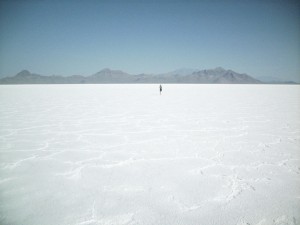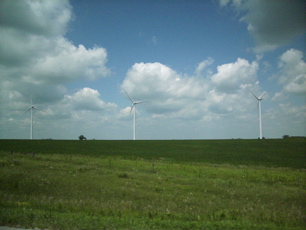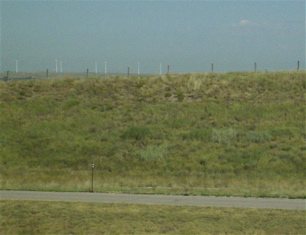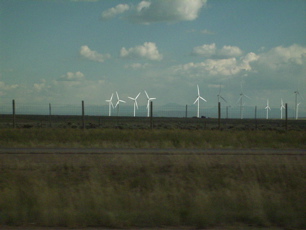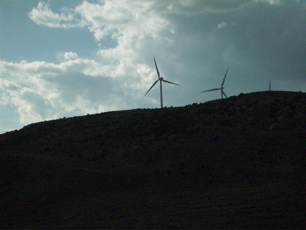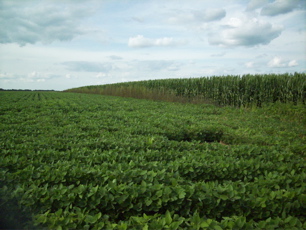You can walk from our house to San Francisco Bay in less than half an hour, by following our street up three blocks to Monte Diablo Street, and then following Monte Diablo east to the bay. I walked to the bay this afternoon to look at whimbrels, willets, egrets, sandpipers, gulls, terns, grebes, and blackbirds. Then I walked back home.
The stretch of Monte Diablo closest to the bay goes through a suburban tract that was probably built on filled-in land. I walked past single story houses a few decades old with small lawns. A black girl came skipping up the sidewalk followed by a white woman; they turned in at a house where they were greeted by someone inside. “I’ll bet you wondered where she was,” said the white woman.
I stopped at M&H Market, just before the foot bridge over the freeway, to get something to drink. An older white man with a pencil-thin mustache waited on a hispanic man and a little girl. “Put it up on the counter,” said the man to the little girl, and she did. The man behind the counter was wearing a dime-store sombrero.
On the other side of the footbridge, Monte Diablo Street becomes shady and more attractive, with a mix of older houses and other buildings. I passed Pilgrim Baptist Church, currently advertising their vacation Bible school, and St. James A.M.E. Zion Church, and then the Hari Mandir Hindu Temple, and an anonymous gray building with a sign that said, “Church of Christ Meets Here.” I passed the M. L. King Community Center, and the King Swim Center.
When I got to our street, I turned right towards our house. An ice cream man pushed his cart down the sidewalk ahead of me, the bells on the cart jingling. A boy stopped him, and when I passed them they were deep in conversation; the man was saying, “Like how long ago? Lotsa years ago?” A group of people sat on a couple of cars parked on the street, listening to some quiet salsa while they talked idly. A white man wearing a broad-brimmed white hat and shorts went in the driveway of a big old house almost hidden by a fence and trees; I looked up the driveway and saw that it must be a party, for there were about thirty people, all of whom were white, milling around on the driveway and yard of the old house.
A small box truck was parked across the street from our house. The back was open, and a man was in the truck selling produce and bread. A short middle-aged hispanic woman stood looking up at and talking to the man in the truck. A young white man came around the corner and walked up to the truck to wait his turn. On the other side of the street, I turned in our front gate and walked upstairs to our apartment.

